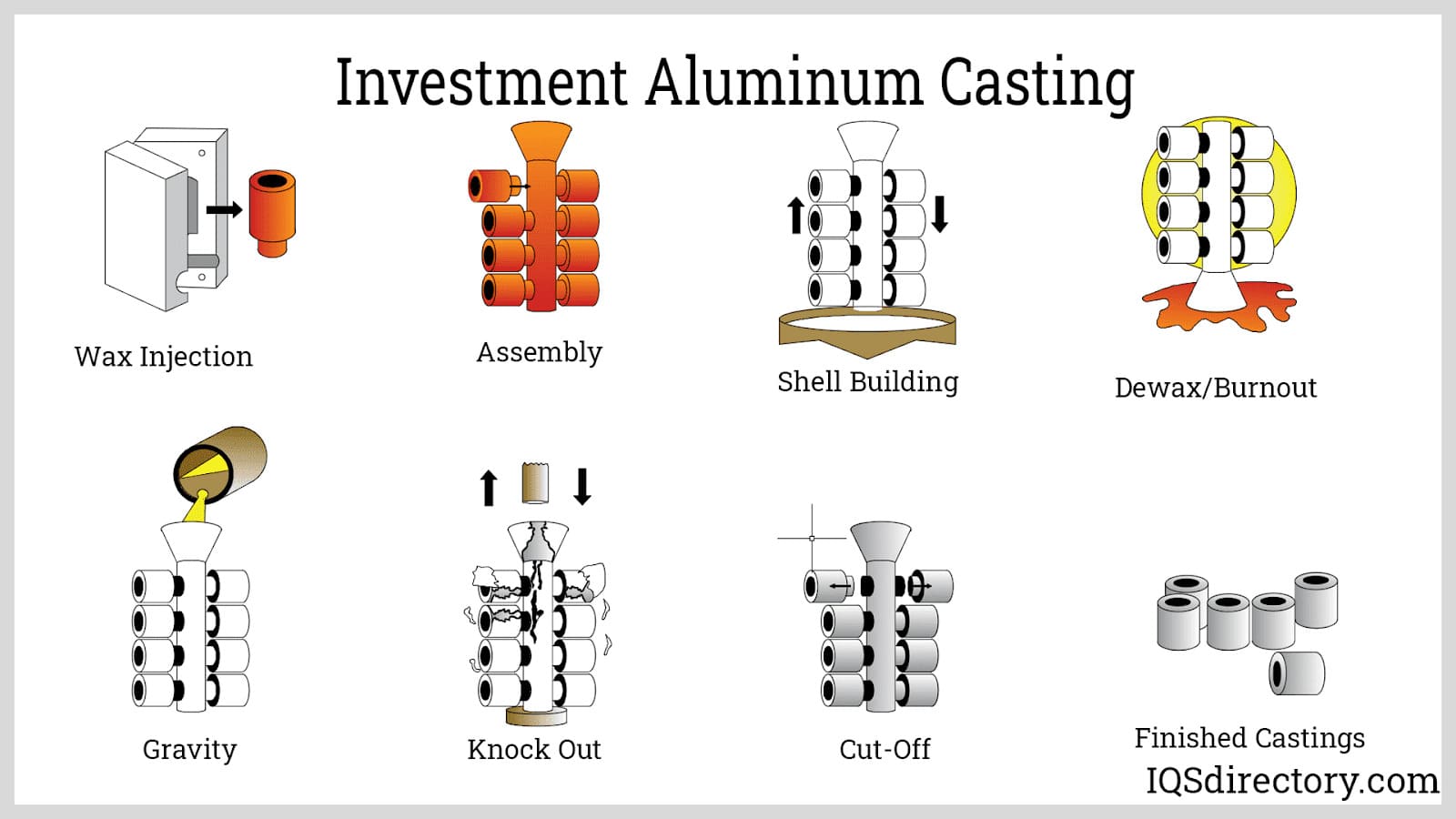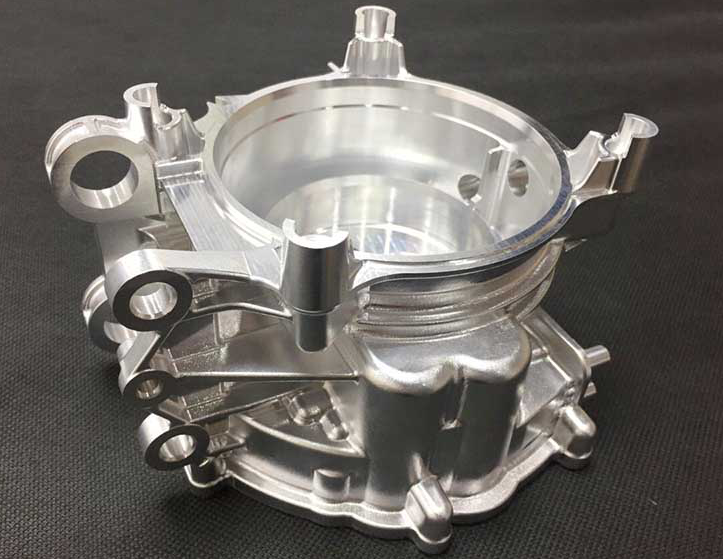The 3-Minute Rule for Stahl Specialty Company
The 3-Minute Rule for Stahl Specialty Company
Blog Article
Not known Factual Statements About Stahl Specialty Company
Table of ContentsThe Ultimate Guide To Stahl Specialty CompanySome Known Facts About Stahl Specialty Company.5 Easy Facts About Stahl Specialty Company Shown8 Simple Techniques For Stahl Specialty CompanyThe Buzz on Stahl Specialty CompanySome Ideas on Stahl Specialty Company You Need To Know

If you're developing a metal product, you've likely taken into consideration using aluminum as the base material. Pure light weight aluminum has restricted applications, so it is typically integrated with other aspects, such as silicon, magnesium, and manganese to develop alloys.
Different aspects and quantities produce a wide array of desirable physical and chemical properties. And the Aluminum Association (AA), based in North America, has actually developed specifications that regulate aluminum alloys' make-up, properties, and classification. There are 2 sorts of light weight aluminum alloys functioned and cast. Factory workers develop these alloy enters various means, which substantially affects their qualities.
All About Stahl Specialty Company
Cast light weight aluminum alloys are made by melting pure aluminum and combining it with various other metals while in fluid kind. After that the mix is put right into a sand, pass away, or financial investment mold. After solidification, the steel is removed from its mold. At this phase, it remains in either its last form or as a billet or ingot for more processing.

For instance, 160.0 represents a cast with a minimum of 99.60% light weight aluminum. The fourth digit, which comes after the decimal factor, defines if the alloy is a spreading (xxx. 0) or an ingot (xxx. 1). Wrought light weight aluminum alloys likewise begin by combining molten aluminum with various other steels. In comparison to cast alloys, nevertheless, they are formed into their last form through procedures such as extrusion, rolling, and flexing after the metal has strengthened into billets or ingots.
There are lots of minor distinctions between functioned and cast aluminum alloys, such as that actors alloys can have much more significant quantities of various other metals than wrought alloys. The most remarkable difference between these alloys is the construction procedure through which they will certainly go to provide the final item. Apart from some surface area treatments, cast alloys will certainly exit their mold and mildew in nearly the exact strong type wanted, whereas wrought alloys will certainly undergo numerous adjustments while in their strong state.
If you believe that a functioned alloy might be the finest for your task, have a look at several of our articles that discuss more concerning certain wrought alloys, such as Alloy 6061 and Alloy 6063. On the various other hand, if you think a cast alloy would certainly be better for you, you can discover more concerning some cast alloys in our Alloy 380 and Alloy 383 short articles (coming soon).
More About Stahl Specialty Company
When choosing a light weight aluminum factory for your manufacturing demands, it's important to research several variables. Among one of the most critical facets to consider is the experience and proficiency of the foundry. Foundry near me. Choosing a foundry that has the appropriate understanding of the light weight aluminum casting procedure, and the profile to show for it, helps to have a successful result for your job
Having the experience and market understanding to engineer your spreadings for ideal manufacturing and high quality results will certainly improve the project. Producing aluminum spreading needs a complex collection of procedures to achieve the best outcomes. When picking a brand-new aluminum shop to partner with, ensure they have substantial sector experience and are well-informed concerning all elements of the aluminum casting procedure: layout, manufacturing, product analysis, and item testing.
The shop needs to also have a tested track record of supplying remarkable products that fulfill or surpass client expectations. Quality control needs to likewise be at the top of your list when picking a light weight aluminum factory. By collaborating with a qualified factory who adheres to the criteria for top quality control, you can protect the integrity of your product and guarantee it meets your requirements.
By choosing a company who uses solutions that fulfill or exceed your item demands, you can be certain that your job will certainly be completed with the utmost precision and efficiency. Various parts call for different manufacturing techniques to cast light weight aluminum, such as sand casting or die spreading.
Not known Facts About Stahl Specialty Company
Die casting is the name offered to the process of producing complicated steel elements through usage of mold and mildews of the component, additionally recognized as dies. The process utilizes non-ferrous steels which do not consist of iron, such as aluminum, zinc and magnesium, because of the preferable residential properties of the steels such as reduced weight, greater conductivity, non-magnetic conductivity and resistance to deterioration.
Pass away casting production is fast, making high production degrees of components very easy. It produces more components than any other process, with a high degree of accuracy and repeatability. For more information about die spreading and die casting materials used at the same time, kept reading. There are three sub-processes that drop under the classification of die spreading: gravity die casting (or permanent mold casting), low-pressure die casting and high-pressure die spreading.
After the pureness of the alloy is checked, passes away are produced. To prepare the dies for casting, it is essential that the passes away are clean, so that no deposit from previous manufacturings remain.
Stahl Specialty Company - Truths
The pure steel, also referred to as ingot, is added to the heater and maintained the molten temperature of the steel, which is then transferred to the injection chamber and injected into the die. The stress is then preserved as the steel solidifies. Once the metal strengthens, the cooling process begins.
(https://justpaste.it/ibbjd)
The thicker the wall of the part, the longer the cooling time due to the fact that of the amount of interior metal that also requires to cool. After the element is completely cooled down, the die cuts in half open and an ejection system presses the element out. Adhering to the ejection, the die is closed for the next shot cycle.
The flash is the extra material that is cast during the procedure. This need to be cut off utilizing a trim device to leave simply the major part. Deburring eliminates the smaller sized pieces, called burrs, after the cutting process. Finally, the part is polished, or burnished, to provide it a smooth finish.
A Biased View of Stahl Specialty Company

Zinc is just one of the most used alloys for die casting as a result of its reduced expense of raw materials. It's additionally among the stronger and stable steels. And also, it has exceptional electrical and thermal conductivity. Its rust resistance additionally permits the parts to be durable, and it is one of the much more castable alloys due to its reduced melting factor - Aluminum Casting.
As mentioned, this alloy is one of the most generally utilized, yet manufactures will, sometimes, choose aluminum over zinc as a result of aluminum's manufacturing advantages. Light weight aluminum is highly affordable and among the more versatile alloys. Aluminum is made use of for a number of various items and markets anything from window frameworks to aerospace products.
Report this page